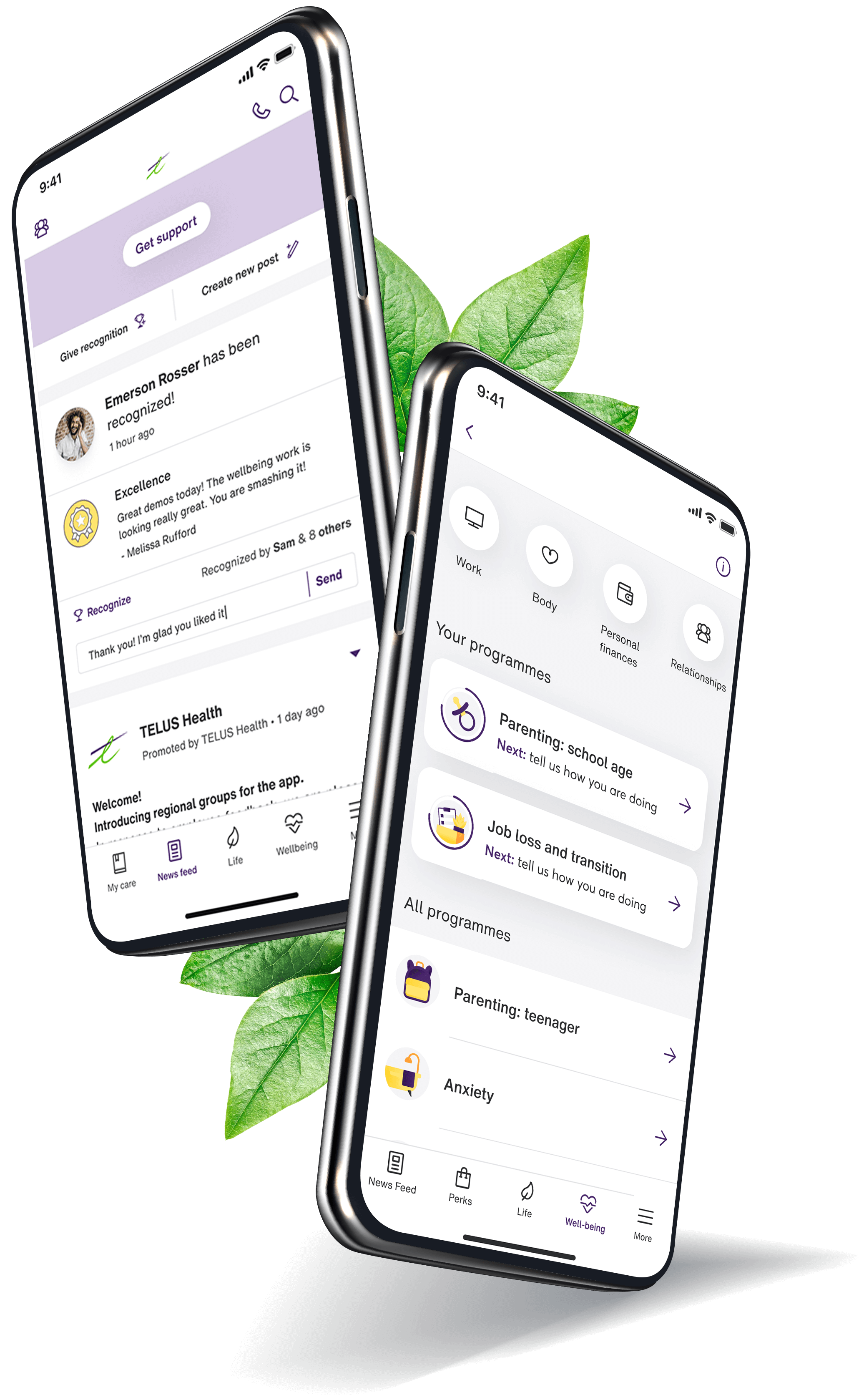Creating an LGBTQ+ inclusive workplace as a manager
For lesbian, gay, bisexual, transgender, and queer people, and those of other sexual identities (LGBTQ+), "coming out" is the term used to refer to the process of revealing sexual orientation or gender identity with others. Far from being a one-time rite of passage or overnight change, coming out is something LGBTQ+ people must do over and over again: to friends and family as well as every time they encounter a new person, group, or situation with which they wish to be open about their sexual orientation or gender identity.
The process of coming out is different for everyone. Some people come out to everyone in their lives at the same time, some take longer, and others choose to protect their sexual orientation and/or gender identity and not come out to certain people or groups. One thing that coming out has in common for most LGBTQ+ people is that it's not easy and may elicit anxiety and fear of being ostracised and excluded.
The workplace presents a uniquely sensitive and complex setting for employees to share their sexual orientation or gender identity. As a manager, you will want to do your best to make your workplace a safe and comfortable environment for everyone. Here are some tips to encourage inclusivity and diversity regarding sexual orientation and gender identity.
Make your workplace's discrimination policy available. Your workplace should have an anti-discrimination policy that includes sexual orientation and gender identity. Ensure this policy is current and readily available to your employees.
Don't make any assumptions. It's easy to assume that people are heterosexual and identify with their biological sex, and our language often conveys these assumptions. Replace questions like "Do you have a husband?" with neutral language like "Do you have a partner?" By doing this, you will model appropriate behaviour for your team so it becomes the norm.
Provide opportunities for people to identify as gender neutral. For example, include a third gender option on any official forms, allow people to write out their gender identity in their own words, or provide the option, "prefer not to say."
Celebrate LGBTQ+ Pride. Many regions of the world dedicate specific days, weeks, or months to celebrating LGBTQ+ Pride within their communities. Bringing the celebration into the workplace can help you demonstrate to your team and organisation that you value acceptance, respect, inclusiveness and diversity. Displaying symbols of pride, like a positive space sticker or flag, in your workspace shows everyone that you are committed to a positive LGBTQ+ workplace and may make employees more comfortable coming out if they choose to do so. Check online for Pride events in your community and other resources like videos, stories, or an online event to share with your team.
Bring training into the workplace. Training yourself and your workforce is vital in keeping current on the best practices to foster diversity and inclusivity. Invite a trainer specialising in LGBTQ+ inclusivity or a local LGBTQ+ organisation to lead a workshop for you and your staff.
Though visibility of LGBTQ+ people has increased and there have been gains in formal rights, discrimination still exists. Your workplace may include people who are prejudiced against these identities. Make it your mission to have a zero-tolerance policy towards any harassment, homophobic, or transphobic language in the workplace. Encourage anyone who has a problem or feels uncomfortable coming out, if that is their goal, to speak to you or a human resources (HR) representative. If your employees need additional support, you can encourage them to talk to a counsellor with your assistance programme.


